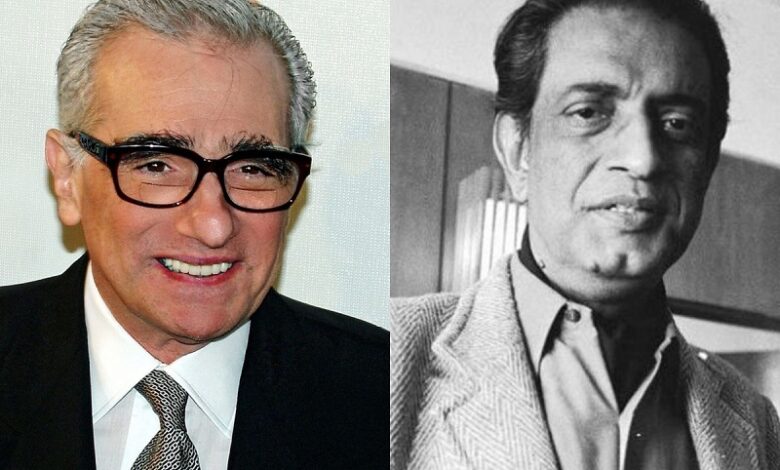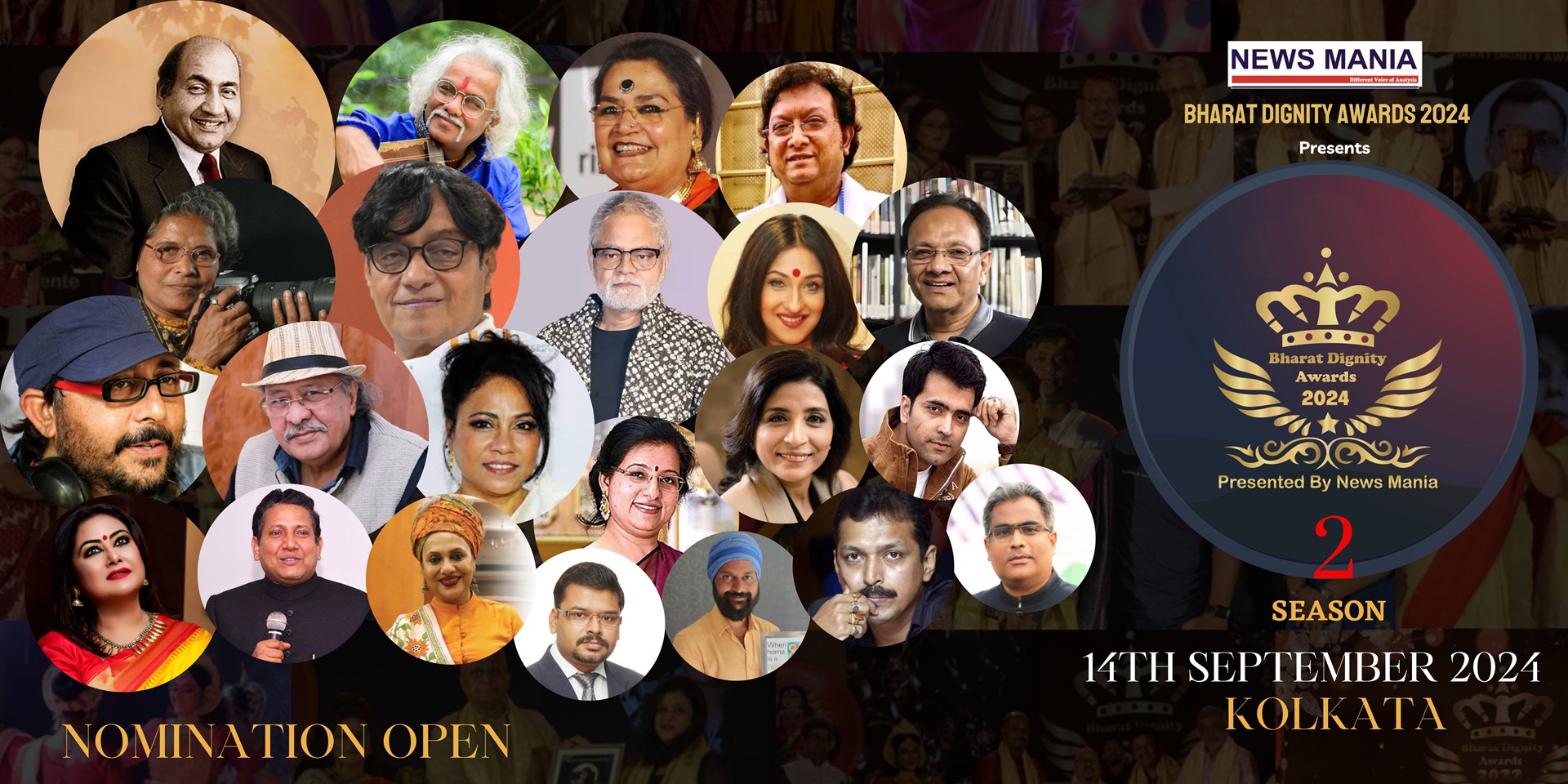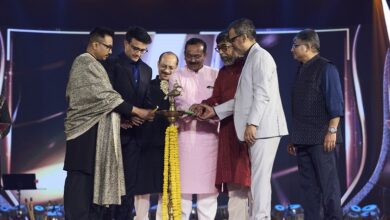Martin Scorsese’s Cinematic Journey: From Satyajit Ray’s “Pather Panchali” to “Killers of the Flower Moon”

The world of cinema has a unique way of touching hearts and shaping lives, and for legendary filmmaker Martin Scorsese, it all began with a transformative encounter as a young boy. In his formative years, Scorsese was introduced to the mesmerizing world of Satyajit Ray’s “Pather Panchali,” an experience that would go on to open up countless new horizons in the realm of filmmaking. Decades later, Scorsese pays homage to that early inspiration in his latest film, “Killers of the Flower Moon.”
Widely regarded as one of the greatest filmmakers in the world, Martin Scorsese’s cinematic journey has been marked by a profound appreciation for the art form and a relentless pursuit of excellence. In a recent conversation, Scorsese shared his memories of the transformative moment when he first encountered “Pather Panchali” and how it influenced his understanding of cinema and culture.
“I was just a boy when I first saw Satyajit Ray’s ‘Pather Panchali,’ and it was from that point on that cinema opened to me many different worlds,” Scorsese reflected. The power of cinema lies in its ability to transport audiences to new and unexplored realms, and “Pather Panchali” did precisely that for the young Scorsese.
Prior to this pivotal encounter, Scorsese had already glimpsed Indian culture through Jean Renoir’s 1951 film “The River,” set in Kolkata. While “The River” provided a window into Indian life, it was “Pather Panchali” that left an indelible mark on Scorsese’s cinematic sensibilities.
“I happened to love ‘The River,’ but it is seen through the prism of another culture,” Scorsese explained. While “The River” offered a captivating perspective on Indian culture, “Pather Panchali” immersed Scorsese in the intricacies of Indian life, allowing him to connect with the characters and their experiences on a deeply personal level.
Satyajit Ray’s masterful storytelling and his ability to capture the essence of everyday life in rural Bengal resonated with Scorsese, leaving an enduring impression. The emotional depth and authenticity of “Pather Panchali” touched Scorsese’s heart and ignited his passion for cinema as a means of transcending cultural boundaries.
Decades later, Martin Scorsese draws on the profound impact of “Pather Panchali” in his latest cinematic endeavor, “Killers of the Flower Moon.” This new film, a testament to Scorsese’s enduring commitment to storytelling, reflects the diverse influences that have shaped his illustrious career.
In “Killers of the Flower Moon,” Scorsese weaves a narrative that delves into the complex and often tragic history of the Osage Nation in the early 20th century. The film explores themes of greed, corruption, and the pursuit of justice, all set against the backdrop of a rich and evocative historical landscape.
While “Killers of the Flower Moon” may seem worlds apart from the rural landscapes of “Pather Panchali,” the common thread that binds them is Scorsese’s unwavering dedication to storytelling that resonates with audiences on a profound level. Both films invite viewers to immerse themselves in the lives of their characters, to empathize with their struggles, and to grapple with the complex tapestry of human experiences. Furthermore, both of these movies are adaptations of acclaimed novels.
As Martin Scorsese continues to create cinematic masterpieces that captivate and inspire audiences worldwide, his reverence for the art form and his deep appreciation for the cultural tapestry of our world remain at the heart of his creative endeavors. From “Pather Panchali” to “Killers of the Flower Moon,” Scorsese’s cinematic legacy is a testament to the enduring magic of storytelling and the boundless possibilities of the silver screen.
News Mania Desk / Agnibeena Ghosh 9th October 2023






